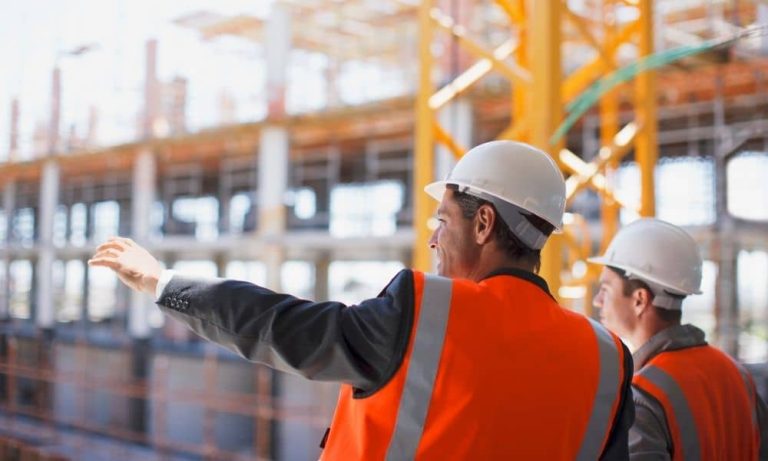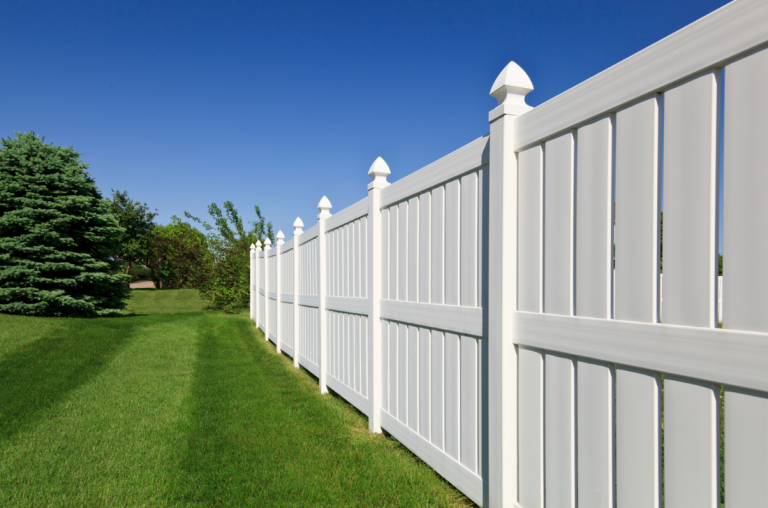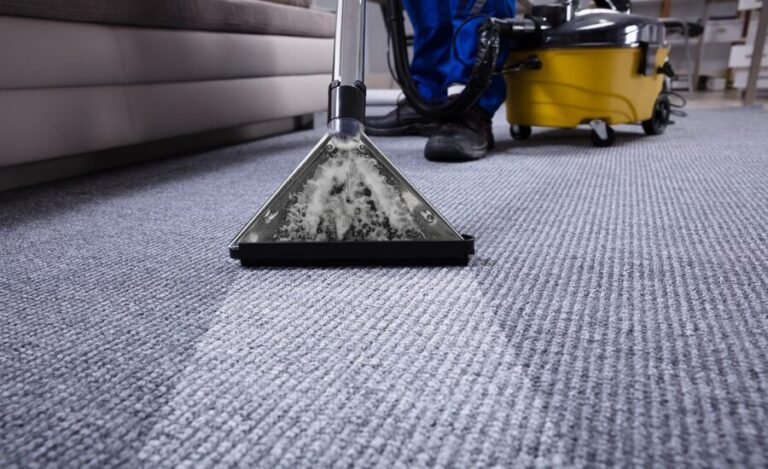Hardscaping for Every Season: Durable Outdoor Spaces That Last
Designing an outdoor space that can endure the elements while retaining its aesthetic appeal throughout the year requires careful planning and durable materials. Whether you’re in the scorching summer heat of Arizona or experiencing the cool winter months, hardscaping is key to creating an outdoor area that looks great and functions perfectly in every season.
Hardscaping refers to the non-living elements of your landscape—patios, retaining walls, walkways, fire pits, and outdoor kitchens. These features are vital not only for their practicality but also for adding visual interest and structure to your yard. With the right design and materials, your outdoor space can stand up to nature’s toughest challenges while remaining a beautiful, low-maintenance retreat.
1. Selecting Weather-Resistant Materials
One of the most important considerations for year-round hardscaping is selecting materials that can withstand fluctuating temperatures, moisture, and UV exposure. Stone, concrete, and brick are popular choices for hardscaping due to their durability and minimal maintenance requirements.
Natural stone offers a timeless, rustic look and performs well in various weather conditions. Its natural resistance to water and temperature changes makes it ideal for outdoor use. Stones like granite, slate, and limestone can be used for patios, retaining walls, and walkways, giving your yard an organic feel while providing long-lasting support.
Concrete is another excellent choice for hardscaping, as it can be molded into various shapes and finishes. It’s known for its durability and low maintenance, making it suitable for a range of features like patios, driveways, and walkways. Concrete pavers are especially popular because they’re easy to replace if damaged and offer flexibility in design.
For a more traditional look, brick is a classic option that offers both durability and charm. Brick works well for patios and walkways, providing a sturdy surface that resists wear and tear from foot traffic and changing weather conditions.
In choosing materials, it’s essential to consider how well they cope with your local climate. For instance, in areas like Central Arizona, where temperatures can reach extremes, materials that resist heat absorption and fading under UV exposure will ensure that your hardscape retains its integrity and appearance.
2. Planning for Seasonal Functionality
A truly functional outdoor space is one that can be enjoyed in any season. Hardscaping can help extend the usability of your yard by creating designated areas for various activities, regardless of the weather.
For example, outdoor kitchens and fire pits are excellent features that can be used year-round. An outdoor kitchen provides a space for grilling and dining during warmer months, while a fire pit adds warmth and ambiance during cooler evenings. Whether it’s summer BBQs or cozy winter gatherings, these features enhance the functionality of your outdoor space.
Patios also play a crucial role in multi-season outdoor living. By incorporating shading elements like pergolas or umbrellas during the hot months and adding weather-resistant furniture, you can create a comfortable and inviting space to relax or entertain. In colder months, patio heaters and outdoor rugs can make the area usable even when the temperature drops.
Retaining walls are another important hardscaping feature that serves both aesthetic and practical purposes. In areas with significant elevation changes, retaining walls help manage soil erosion while creating opportunities for terraced garden beds. They’re especially useful in seasons with heavy rainfall, as they prevent soil washout and protect the integrity of your landscape design.
3. Blending Hardscape and Landscape Elements
While hardscaping is essential for creating structure and durability, it’s equally important to balance it with softscape elements like plants, Tree Surgeon, and lawns. A well-designed outdoor space combines both to ensure year-round beauty and practicality.
Incorporating drought-resistant plants alongside hardscape features like patios and pathways can add color and life to the area without the need for intensive maintenance. This is especially important in regions like Arizona, where water conservation is a priority. Succulents, ornamental grasses, and native shrubs are perfect for filling in gaps between pavers or lining walkways.
Consider adding raised garden beds along retaining walls to soften the hard edges and introduce seasonal plants that bloom at different times of the year. These beds can be filled with low-maintenance perennials that provide color and texture without needing constant attention.
Lighting is another crucial element that ties together the hard and soft aspects of your yard. By adding pathway lighting, spotlights, or accent lighting around key hardscaping features, you can create a warm and welcoming atmosphere in the evening, allowing your outdoor space to be enjoyed after the sun goes down.
4. Low-Maintenance Solutions for Busy Homeowners
For many homeowners, the appeal of hardscaping lies in its low-maintenance nature. Unlike lawns and flower beds, hardscape features require little upkeep and can withstand weather fluctuations with minimal intervention. Choosing materials like stone and concrete further reduces the need for constant care, as these materials don’t require regular replacement or refinishing.
Artificial turf is another solution that integrates well with hardscaping, especially for those looking to reduce water usage and lawn care. Artificial turf installation provides a green, lush look without the hassle of watering, mowing, or weeding. It’s particularly effective in hot, dry climates where natural grass struggles to thrive year-round. Blending artificial turf with pavers or patios creates a seamless, low-maintenance design.
For homeowners in Arizona, K-Ler Landworks offers expert artificial turf installation services that complement any hardscaping project. Artificial turf ensures that your outdoor space remains visually appealing while significantly cutting down on maintenance.
5. Designing for Longevity and Durability
A well-designed hardscape isn’t just about aesthetics—it’s about creating a space that will last for years to come. This means choosing materials and construction techniques that ensure longevity and durability. When installing hardscape features like patios, walkways, or retaining walls, it’s essential to use proper foundations, drainage solutions, and reinforcements to prevent shifting, cracking, or water damage.
For example, patios and walkways should be built with a solid base of gravel or sand to ensure proper drainage and prevent settling. Additionally, installing permeable pavers allows water to filter through the surface, reducing runoff and minimizing erosion. This not only extends the lifespan of your hardscape but also contributes to sustainable water management practices.
Proper care during installation ensures that your hardscape features remain functional and beautiful for years. K-Ler Landworks emphasizes quality materials and expert craftsmanship in every hardscaping project, ensuring that your outdoor space is built to last
Conclusion
Hardscaping provides the framework for a durable, low-maintenance outdoor space that can be enjoyed in every season. By choosing weather-resistant materials, planning for functionality, and blending hardscape with landscaping elements, you can create a yard that not only looks beautiful year-round but also stands up to the demands of the climate.
Whether you’re interested in adding a patio, walkway, or retaining wall, the right hardscaping features will transform your yard into a long-lasting, versatile space. With thoughtful design and expert installation, K-Ler Landworks can help you create a hardscape that meets your needs while enhancing the beauty and value of your home.






